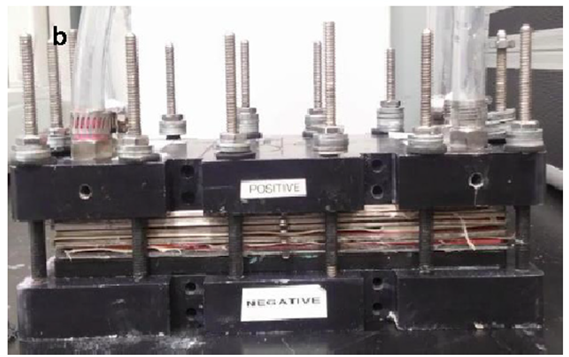Tri-State announces clean energy plan, retires coal assets
Yesterday, Tri-State Generation & Transmission Association launched its "transformative" Responsible Energy Plan, which will "dramatically and rapidly advance the wholesale power supply cooperative’s clean energy portfolio." Last week, the utility announced the retirement of its last coal-fired power plants in New Mexico and Colorado. These two announcements provide context for a presentation at the Ammonia Energy Conference in November 2019, entitled Market Integrated Ammonia. Its conclusion — highly relevant for a utility that is closing its coal plants and increasing renewables to 50% by 2024 — is that in a wholesale electricity market with increased volatility, renewable ammonia could be produced at the extremely low cost of $96 per tonne.








